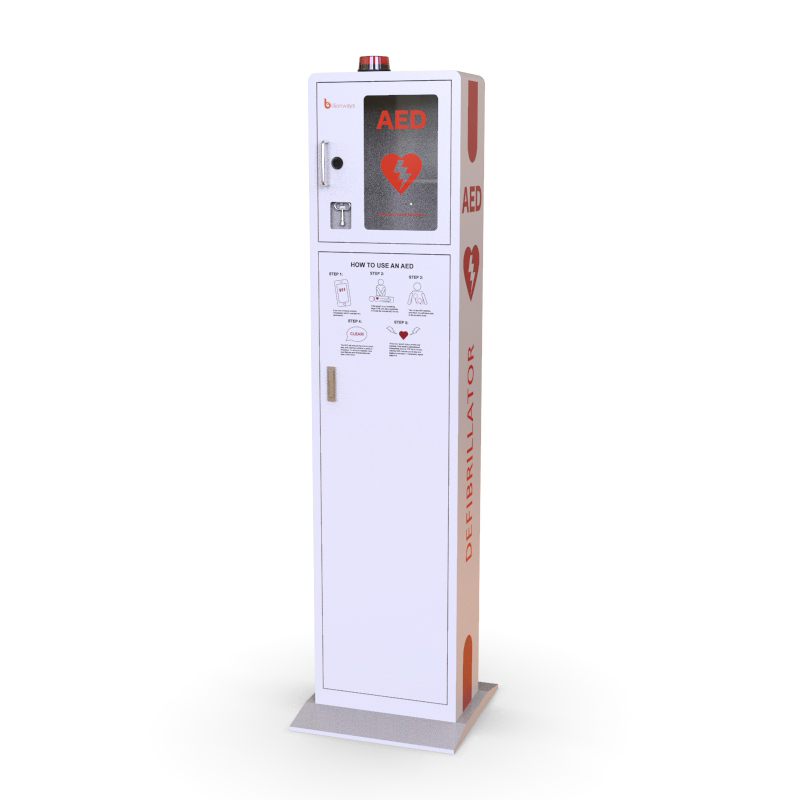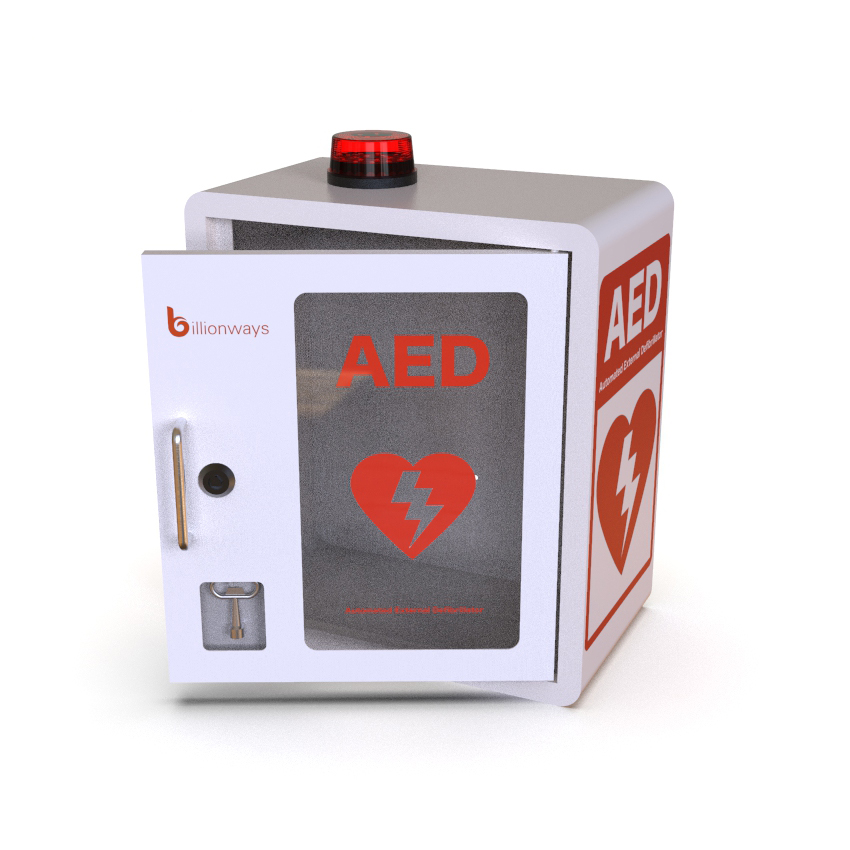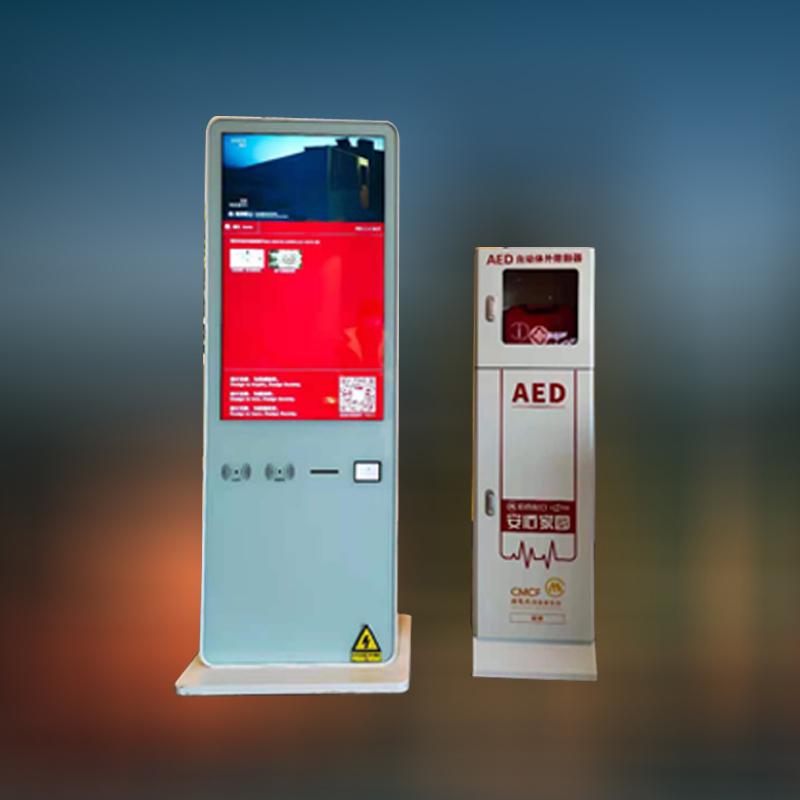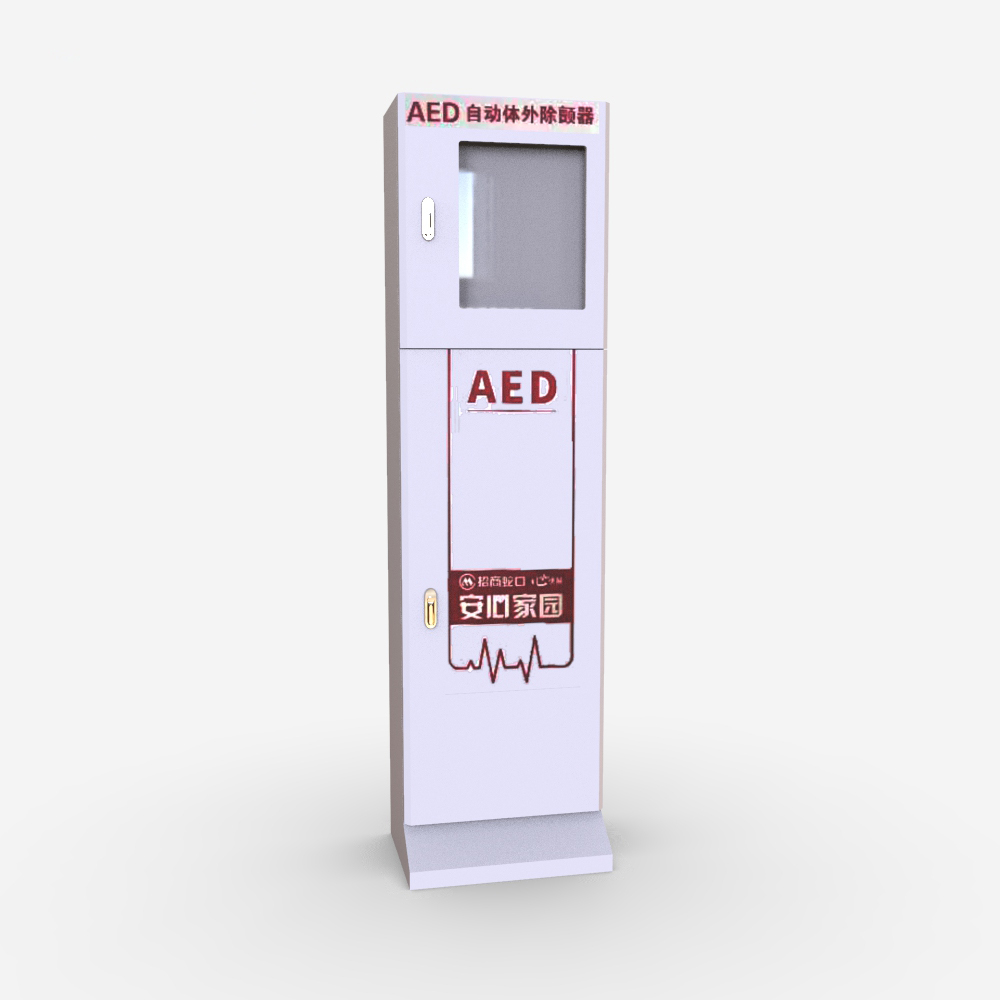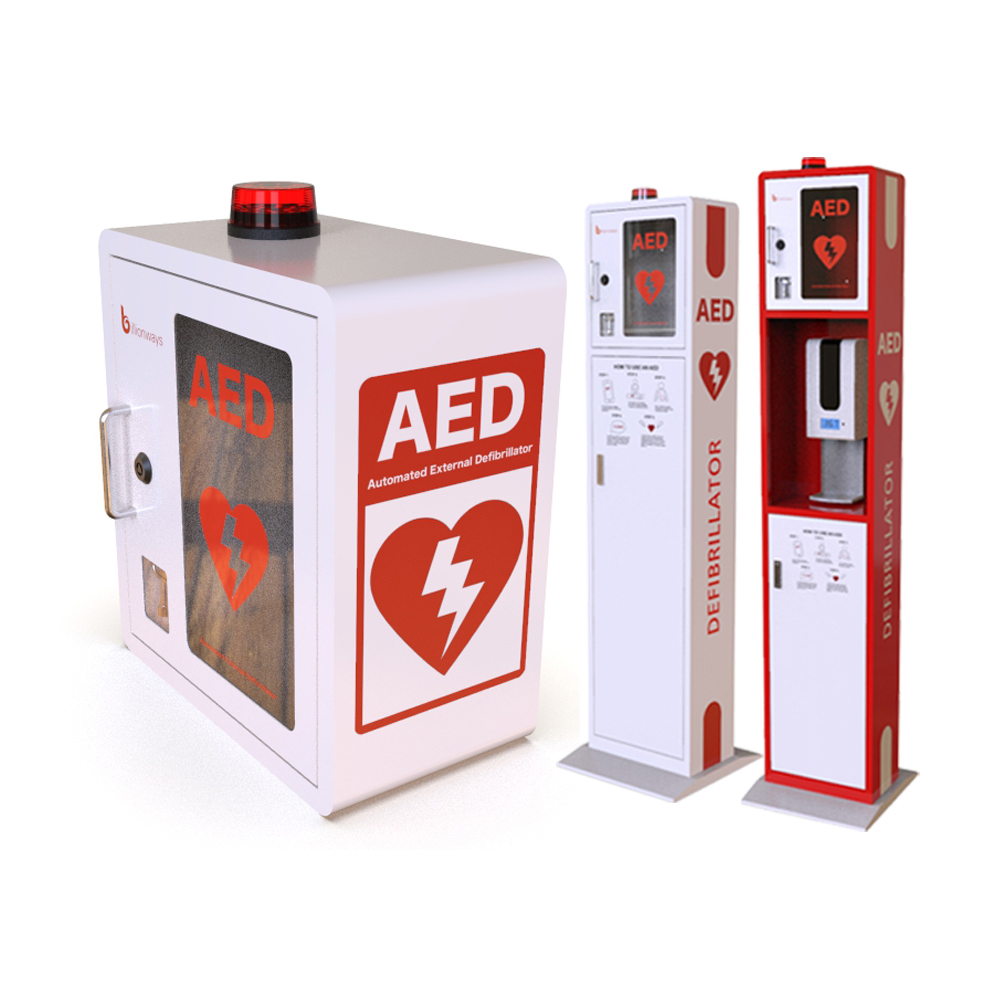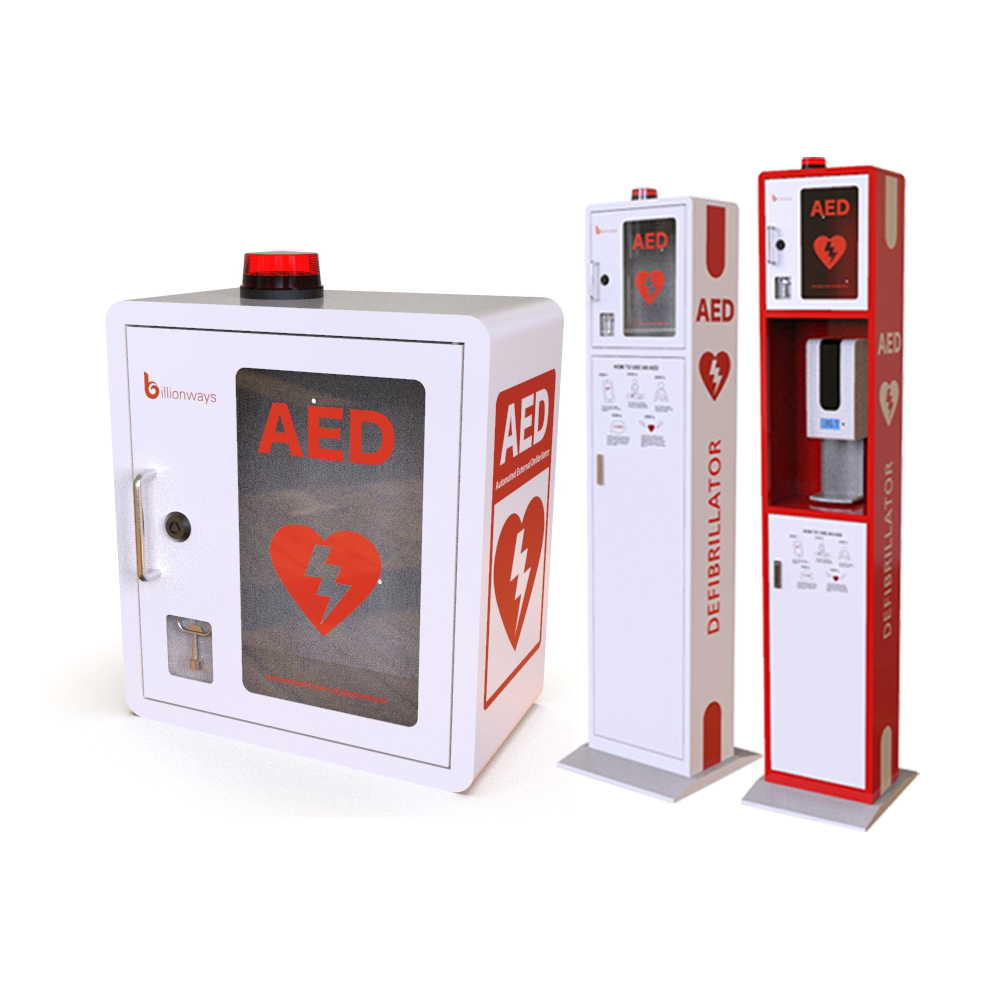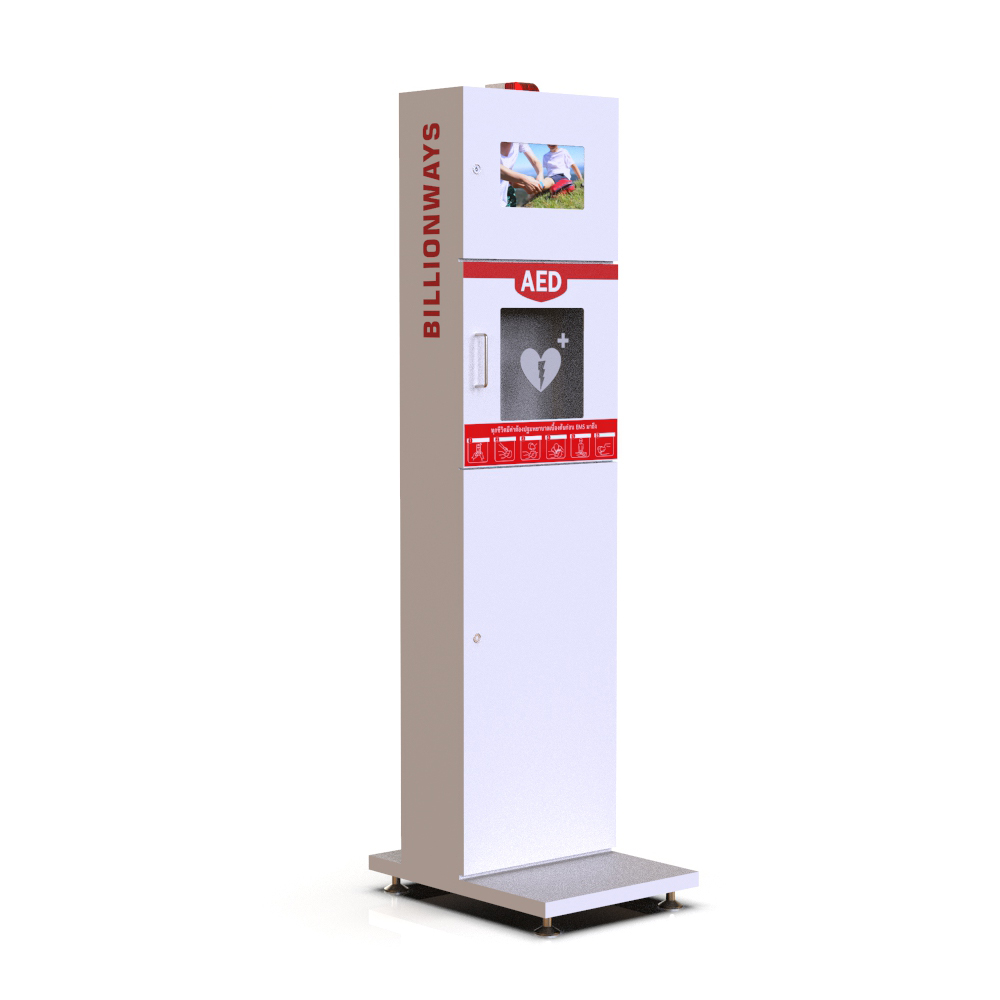


Flooring Standing Aed Cabinet Embedded Automatic Sanitizer Dispenser and Thermometer
We carry various types of AED cabinets to accommodate any automatic external defibrillator equipment. Choose from brand-specific models and generic models, and compare the most important features that meet your needs. In AED Leader, we provide the lowest guaranteed prices for top models, and we provide quality customer service you can trust.
Wall-mounted AED cabinet
Find an AED cabinet for your defibrillator

Our complete series of AED cabinets are designed to protect your investment. Choose from a range of polycarbonate or steel wall-mounted cabinets. Choose from a variety of sizes, such as light-weight indoor cabinets, standard-size cabinets, and even cabinets unique to the manufacturer (such as Durafib AED cabinets). Wall-mounted cabinets suitable for various applications.

Find the AED cabinet that suits your needs
A reliable AED cabinet (or AED mounting box) can prevent theft, abuse and components. We offer a variety of AED cabinets with and without alarms, which can be wall-mounted and made of a variety of materials, including wood, brass, and stainless steel. All of our AED wall cabinets are designed to protect your investment in emergency preparedness, while allowing easy use of the defibrillator in an emergency.
In fact, all our AED cabinets are manufactured in China with high-quality components. You can rely on them to manage a variety of situations, including outdoor AED storage and use, fire protection (specific models), etc., as well as the last few years in the future.

Durafib AED cabinet
Durafib AED wall cabinets and AED wall brackets can become a key part of the AED system. These high-quality AED storage cabinets not only ensure the safety of your AED, but also allow all future first responders to use your AED.
Outdoor defibrillator cabinet
When storing the defibrillator cabinet outdoors, the outdoor cabinet protects against severe weather conditions.
When isolating the defibrillator from natural conditions, outdoor cabinets can help the public identify the location of the equipment. The cabinet is suitable for various types of defibrillators, and can be retrofitted with or without locks.

Treatment within 3-5 minutes after cardiac arrest can increase the chance of survival from 6% to 74%. Every minute of delay in treatment reduces their chance of survival by 10%. The timely provision of medicines greatly increases the patient's chances of recovery.
Defibrillator
Also known as automatic external defibrillator (AED), it is a portable electronic device that can automatically diagnose life-threatening ventricular fibrillation (VF) and pulseless ventricular tachycardia arrhythmia, and can be used through defibrillation and application Electrically stop arrhythmias to treat them, allowing the heart to re-establish an effective rhythm. Automated external defibrillators (AED) have been installed in many public places to save the lives of patients with cardiac arrest.
Defibrillators are "automatic" because they can analyze the patient's condition autonomously. Most defibrillators have audio prompts, and some may also have visual displays to guide the user.
"External" refers to the operator attaching the electrode pads to the victim's bare chest. When turned on or turned on, the defibrillator will instruct the user to connect the electrodes (electrodes) to the patient. The electrode pads allow the defibrillator to check the electrical output of the heart and determine whether the patient is in a shockable rhythm. If the AED determines that a shock is needed, it will use the battery to charge its internal capacitor in preparation for the shock.
How to choose an outdoor AED/defibrillator cabinet
How to choose an outdoor AED/defibrillator cabinet
There are many options for AED cabinets, the market is growing rapidly, and different manufacturers continue to develop new products.
If you need to place the AED outdoors, it is important to choose the right cabinet to ensure that the AED is protected from environmental conditions, tampering, and theft in certain locations.
When choosing an outdoor AED cabinet, you should check whether it is temperature controlled to keep the AED at the correct operating temperature, thereby extending the battery life and status of the AED. Many outdoor cabinets have a heater and fan connected to the temperature sensor, so if the weather is too cold, the heater will automatically turn on. In hot weather, the fan system helps extract excess heat.
Indoor cabinets should not be used outdoors because they are not suitable and you may invalidate the AED's warranty!
Alarm system-It is useful to choose a cabinet with alarms because it helps prevent tampering and theft. Alarms can also help remind others of an emergency situation that is happening.
Lighting-Most outdoor AED cabinets are equipped with lighting, so the AED can be seen in dark conditions. Some AED cabinets only have lighting inside the cabinet after opening, so we recommend that any outdoor defibrillator cabinet be located in a location with external lighting to ensure that the cabinet can always be seen in an emergency.
Keyboard/digital code/touch screen/key/open access-Ideally, we should not set up any barriers when accessing the AED, because time is tight in an emergency. As recommended by the British Resuscitation Council and the British Heart Foundation (BHF) in a joint statement, open access is the ideal solution. In areas where safety issues need to be considered, if your local ambulance service department will provide support, you can choose a lockable cabinet. If you decide to use a lockable cabinet, we recommend that you choose a keyboard/numeric code accessed by entering a combination code. The use of key lock cabinets is not recommended because the delay in accessing the AED is inevitable. Remember, your wounded must wait for every minute of defibrillation, and the chance of survival drops at a rate of 7-10% per minute! It is also recommended to contact your local ambulance service as some people have different suggestions.

